Traditional pub gathering spaces have long been integral to the fabric of communities worldwide, serving as vibrant hubs where connections are made and memories are created. These iconic establishments, with their rich histories and unique ambiance, continue to charm locals and visitors alike. Whether it’s the cozy corners, the lively bars, or the inviting outdoor areas, traditional pub gathering spaces offer a distinct experience that fosters a sense of belonging. From their historical roots to their modern-day relevance, these spaces remain cornerstones of social interaction and cultural preservation. In this article, we delve into the essence of what makes a traditional pub, exploring its design elements, cultural significance, and the practices that define them. We’ll also examine the fascinating traditions associated with pubs, such as the 12 pubs challenge, and uncover the secrets behind their enduring appeal. Join us as we uncover the heart and soul of traditional pub gathering spaces, celebrating their role in shaping communities and preserving heritage.
Key Takeaways
– The Origin of Tap Rooms: Traditional tap rooms serve fresh, unpasteurized beverages directly from casks, emphasizing quality and freshness in pub culture.
– Tap Rooms vs. Brewpubs: Tap rooms focus on variety and ambiance, while brewpubs integrate brewing with a full dining menu, showcasing their own creations.
– What Are Snugs? Snugs are cozy, private rooms in pubs ideal for intimate gatherings, offering privacy and customizable setups for events.
– Historical and Community Significance: Pubs, including their tap rooms and snugs, play a vital role in preserving heritage and fostering community connections.
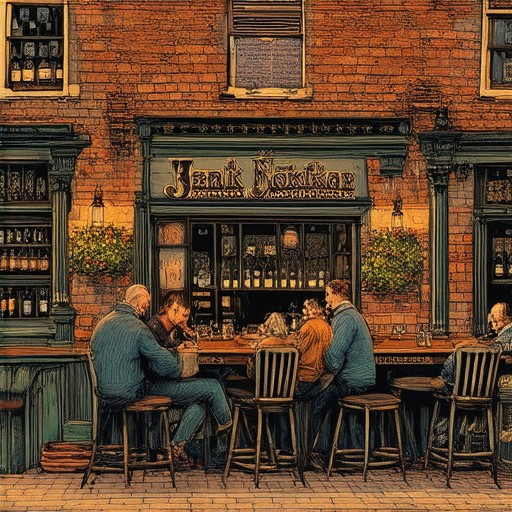
What Makes a Traditional Pub?
A traditional pub is more than just a place to enjoy a drink; it embodies a unique blend of history, community, and ambiance. Here’s what defines a traditional pub:
- Historical Charm : Traditional pubs often have a rich history, with some dating back centuries. They tell stories of local events, famous patrons, and cultural significance, making them hubs of storytelling and heritage.
- Cozy Atmosphere : Pubs feature a welcoming environment with elements like wooden furniture, exposed brick walls, and vintage lighting. These features create a warm, inviting space perfect for socializing.
- Beverage Selection : At the heart of a traditional pub is its beverage offerings. They typically serve cask ale, draft beers, and a variety of craft beers. Wine and spirits may also be available, but the focus remains on high-quality beer.
- Hearty Fare : While not mandatory, many pubs offer a menu of pub classics like fish and chips, burgers, and pies. These dishes are hearty and complement the relaxed setting.
- Social Hub : Traditional pubs are community gathering spots, often hosting events like live music, quiz nights, open mic, or sports viewings. These activities foster a sense of belonging and bring people together.
- Layout and Design : The layout often includes a central bar area for socializing, with separate spaces for dining and relaxation. Features like fireplaces and snug reading areas enhance the ambiance.
- Community Involvement : Many pubs are integral to their neighborhoods, supporting local businesses and charities. This ties them closely to the community, building loyalty among regulars.
- Staff Interaction : Friendly and knowledgeable bartenders add to the experience by sharing stories and recommendations, enriching the overall atmosphere.
Together, these elements create a traditional pub experience that transcends mere drinking—it’s a cultural and social destination.
The 12 Pubs Tradition
The 12 Pubs of Christmas is a beloved Irish Christmas tradition where participants visit 12 distinct pubs in a single day, enjoying a drink at each location. This custom has become a staple in Irish pub culture, celebrating the joy of camaraderie and the rich tapestry of local pubs.
Origin of the Tradition
The tradition originated in Dublin, though it has since spread across Ireland and even internationally. It began as a challenge among friends to visit as many pubs as possible in one day, evolving into a festive event that highlights Ireland’s vibrant pub scene.
How It’s Celebrated
- Planning the Route : Participants typically plan their route strategically, often starting early to maximize the number of pubs visited before closing hours.
- Pacing and Patience : Visiting 12 pubs in one day requires careful planning to allow enough time between venues without rushing.
- Social Interaction : The tradition fosters a sense of community, as pub-goers share stories, celebrate the season, and connect with others who enjoy the same hobby.
Popular Spots for the 12 Pubs Challenge
- Dublin : Iconic pubs like The Dice Bar, The Celt’s Den, and The Old Bank are popular choices.
- Cork : Pubs such as The Blind Tiger and The Franciscan Well are well-known for their atmosphere.
- Galway : The Quayside Pub and The King’s Head are favorite spots for many participants.
Tips for Successfully Completing the Challenge
- Start Early : Begin your journey early in the morning to avoid crowds and ensure you have enough time to reach all pubs on your list.
- Utilize Public Transportation : Depending on the locations, public transport can be a convenient way to travel between pubs efficiently.
- Stay Hydrated : While enjoying pints, remember to stay hydrated to maintain energy levels throughout the day.
This tradition not only celebrates Irish pub culture but also supports local businesses during the holiday season. Whether you’re a seasoned participant or new to the tradition, the 12 Pubs of Christmas offers a unique way to experience Ireland’s hospitality and charm.
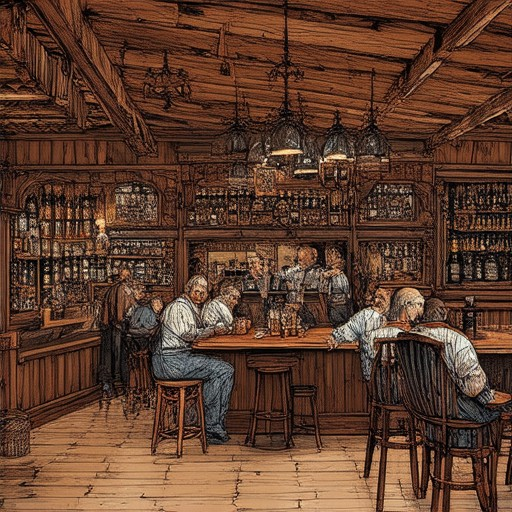
The Main Area of a Pub
The main area of a pub is often referred to as the bar . This is typically where patrons gather to enjoy drinks, socialize, and sometimes order food. The bar is the central hub of most pubs, serving as both a service counter and a space for casual interaction.
While the bar is the focal point, many pubs also feature additional areas:
- Lounge Areas: These are furnished with tables and chairs, perfect for those who wish to relax while enjoying a meal or drink.
- Dining Rooms: Some pubs have dedicated spaces for full meals, offering a more formal dining experience alongside beverages.
- Games Rooms: Pubs may include areas for activities like darts, pool, or other games, adding to the entertainment options.
- Garden or Patio: Outdoor seating areas are common in pubs with gardens, ideal for al fresco drinking and socializing.
Ultimately, the main area of a pub is the entire establishment, designed to cater to diverse needs, from casual drinks to full dining experiences. The bar remains the heart of most pubs, though the layout can vary greatly depending on the type of pub and its offerings.
For more details on pub layouts and features, visit our website .
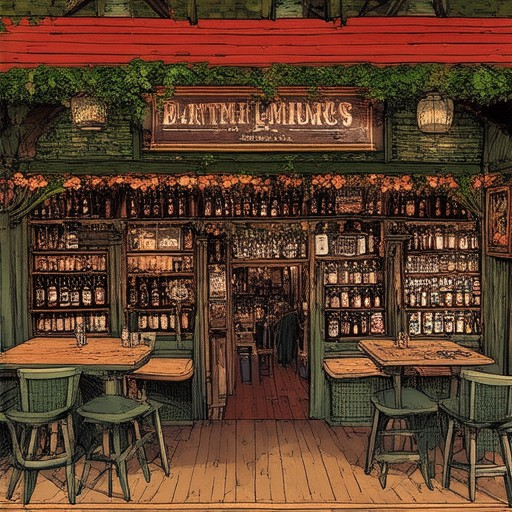
Why Is It Called a Tap Room in a Pub?
The term “tap room” originates from the practice of drawing beer or other beverages directly from a cask using a spout, known as a “tap.” In pubs, the tap room refers to the specific area where drinks are served on draft, allowing customers to enjoy fresh, unpasteurized beverages straight from the source. This method ensures quality and freshness, which is highly valued in pub culture.
The term “taproom” has been in use since at least 1807, combining the word “tap” with “room.” Over time, this designation has become synonymous with the space in a pub where draft beverages are served. The tap room is often considered a cornerstone of pub experiences, offering a variety of options and a traditional setting for enjoying drinks with friends and family.
Dufferin Arms, a blog dedicated to pub culture, highlights the significance of the tap room in preserving the heritage and traditions of pubs. It emphasizes the unique charm and social significance of these spaces, celebrating their role in fostering community and providing a reliable source of high-quality beverages.
What is the difference between a taproom and a brewpub?
A taproom is primarily a space where beer is served on-tap, often focusing on a variety of draft options. These establishments may be part of a brewery or standalone pubs, emphasizing the enjoyment of fresh beer in a relaxed atmosphere.
A brewpub, on the other hand, is a restaurant that produces its own beer on-site. These venues combine culinary experiences with brewing, offering a unique dining experience paired with house-brewed beers. While some brewpubs feature guest taps, their core focus lies in their own creations.
Key Differences:
- Primary Function: Taprooms center on beer service, whereas brewpubs integrate brewing with a full dining menu.
- Beer Offerings: Taprooms often showcase a diverse range of beers, including those from other breweries, while brewpubs highlight their own brews.
- Focus: Taprooms focus on beverage selection and ambiance, while brewpubs emphasize the dining experience alongside their beers.
Both establishments contribute to the vibrant culture of beer enthusiasts, offering distinct experiences tailored to different preferences. Whether you’re seeking a casual beer or a culinary adventure with crafted brews, both taprooms and brewpubs have something to offer.
For more information on how we celebrate pub culture and history, visit our website .
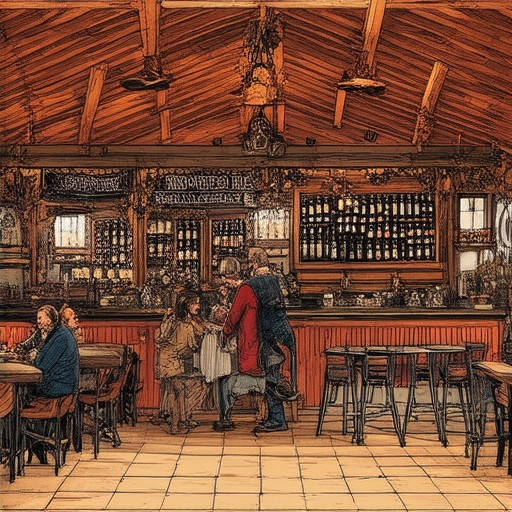
What is a Snug in a Pub?
A snug in a pub is a small, cozy, and intimate room or area within the establishment, often used for private gatherings, celebrations, or events. These spaces are typically designed to provide a warm and inviting environment for guests to enjoy themselves in a more secluded setting compared to the main bar area.
Features of a Snug
- Size : Snugs are generally smaller rooms, offering a more private experience.
- Layout : They often feature comfortable seating arrangements, allowing guests to relax and socialize in a more personal space.
- Atmosphere : The snug typically has a cozy vibe, sometimes adorned with soft lighting, inviting furniture, and decor that enhances the intimate feel.
Usage
Snugs are commonly booked for various occasions, including birthday parties, anniversaries, or private meetings. They are ideal for those looking to host an event away from the hustle and bustle of the main pub area.
Benefits
- Privacy : Snugs offer a more discreet space for events, ensuring privacy for the hosts and attendees.
- Flexibility : Many pubs provide these spaces for rent, allowing customers to customize the setup according to their needs.
If you’re considering hosting an event at a pub, checking out the available snugs could be a great option for creating a memorable experience.
Dufferin Arms offers snug options for private events, making it a popular choice for those seeking a cozy venue.

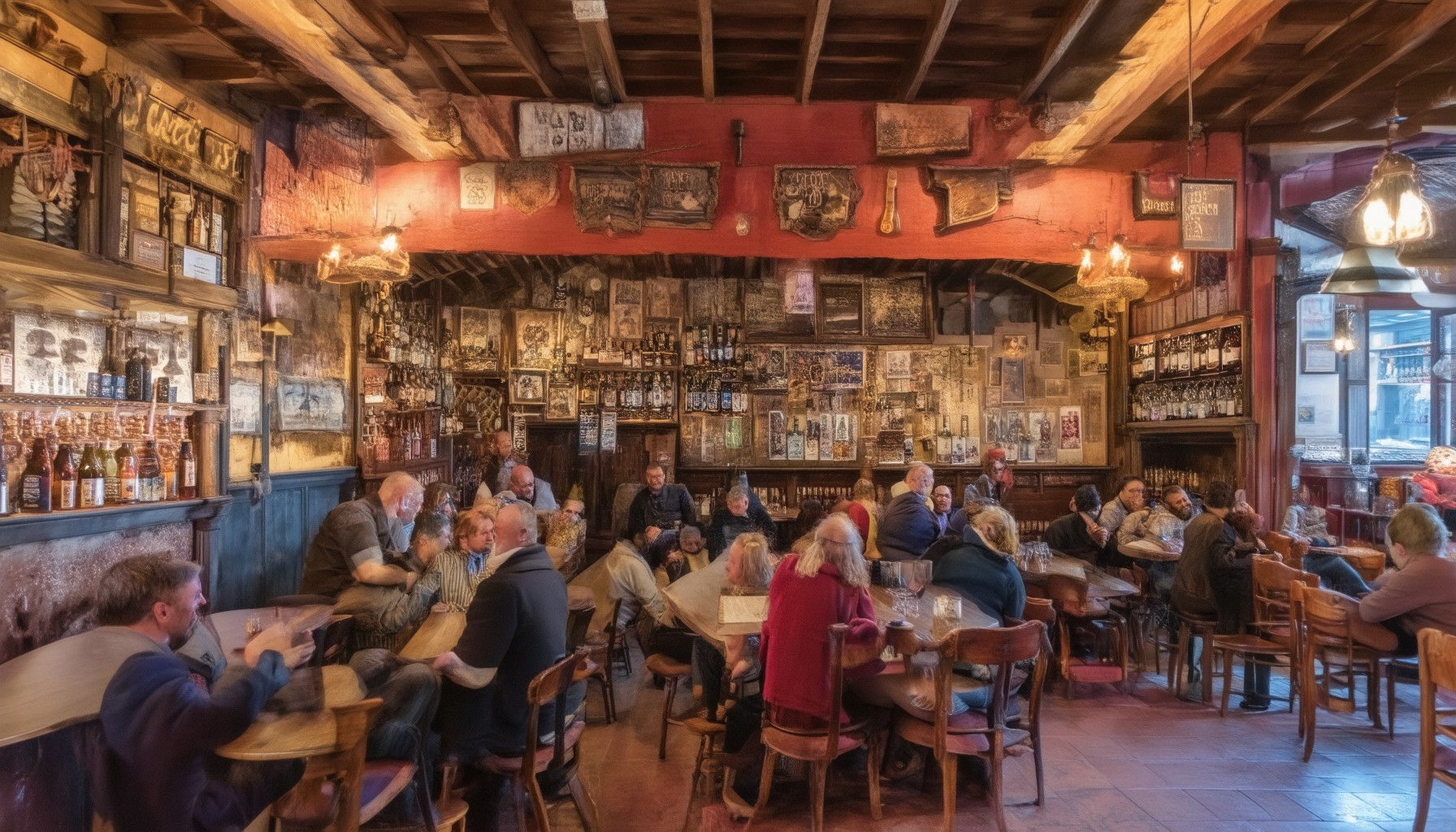
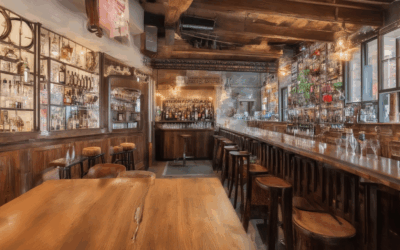
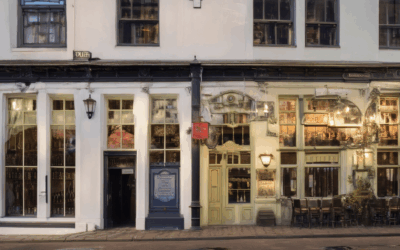
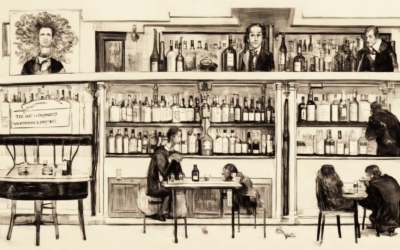
0 Comments